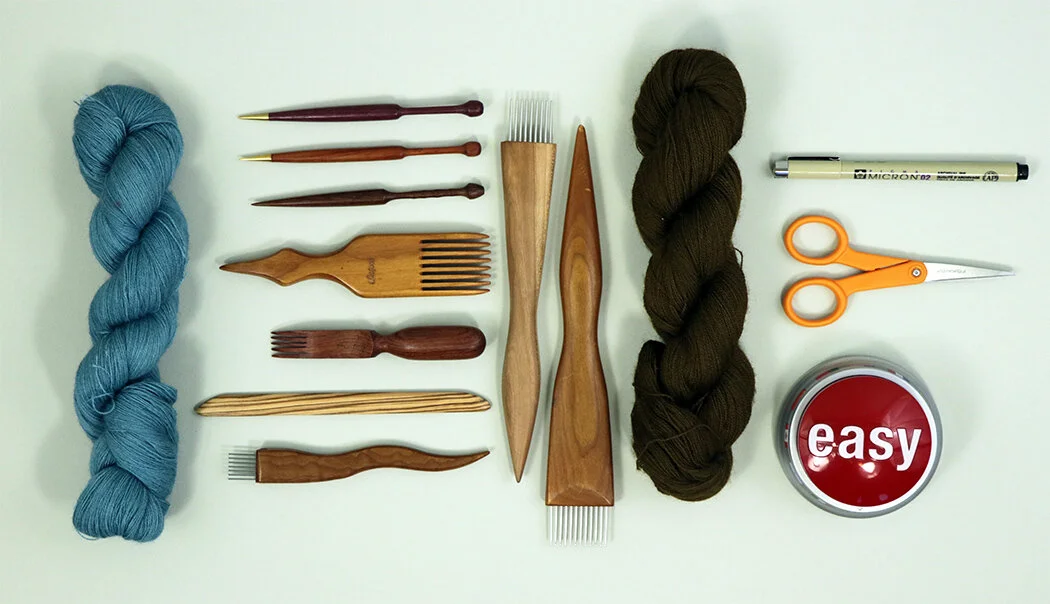Last week Kathy^ asked a question in the Design Solutions class that has gotten me thinking more about the evolution of a tapestry design. After a week of thinking about it, I was still unable to answer Kathy’s question and I believe that is because the answer is different for every artist. She wanted to know where people get stuck in the design process and how do they manage to get unstuck.
Silvia Heyden is a wonderful example of someone who created her own system of weaving and managed to stay unstuck and prolific throughout her career.* Silvia took her inspiration largely from nature and her tapestry weaving style was informed by the structure of tapestry. Her work is abstract, colorful, and exciting.







